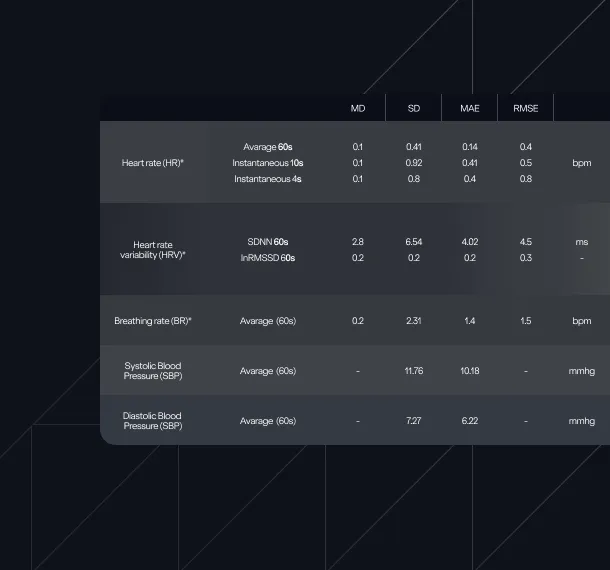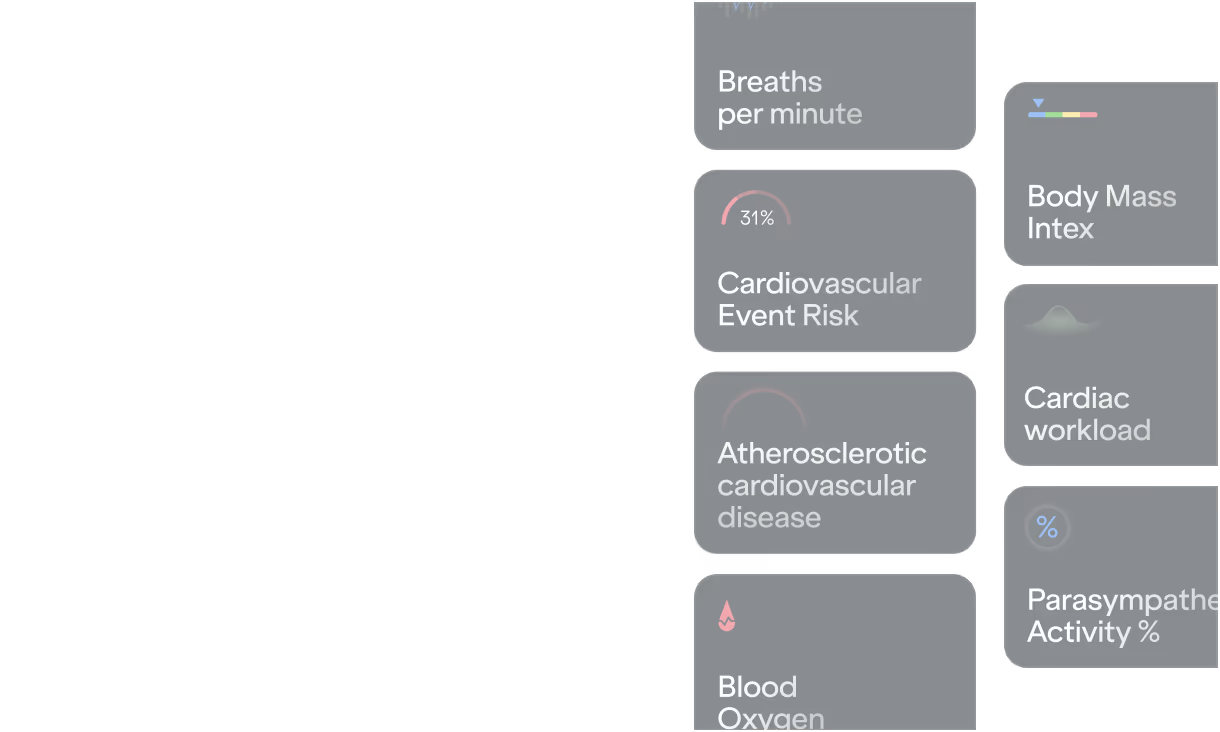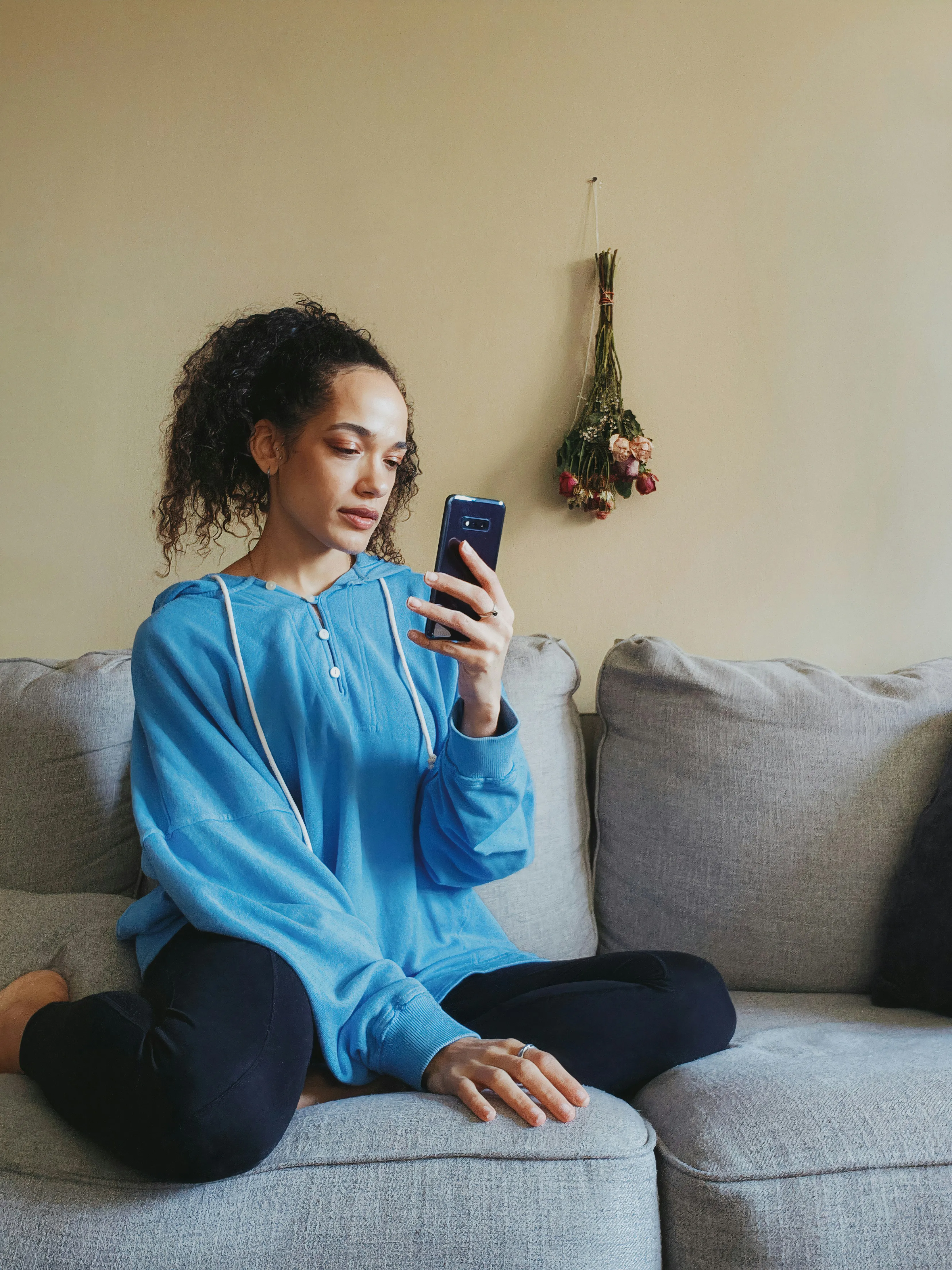Track 30+ health markers through a face scan, directly inside your application
Integrate AI health monitoring into any mobile or web application.
Fully customizable, white-label SDK
Operates without an internet connection
Compatible with front, rear, and plugin cameras
Works across all device types







.svg)
.png)











.avif)

























.webp)
.webp)



